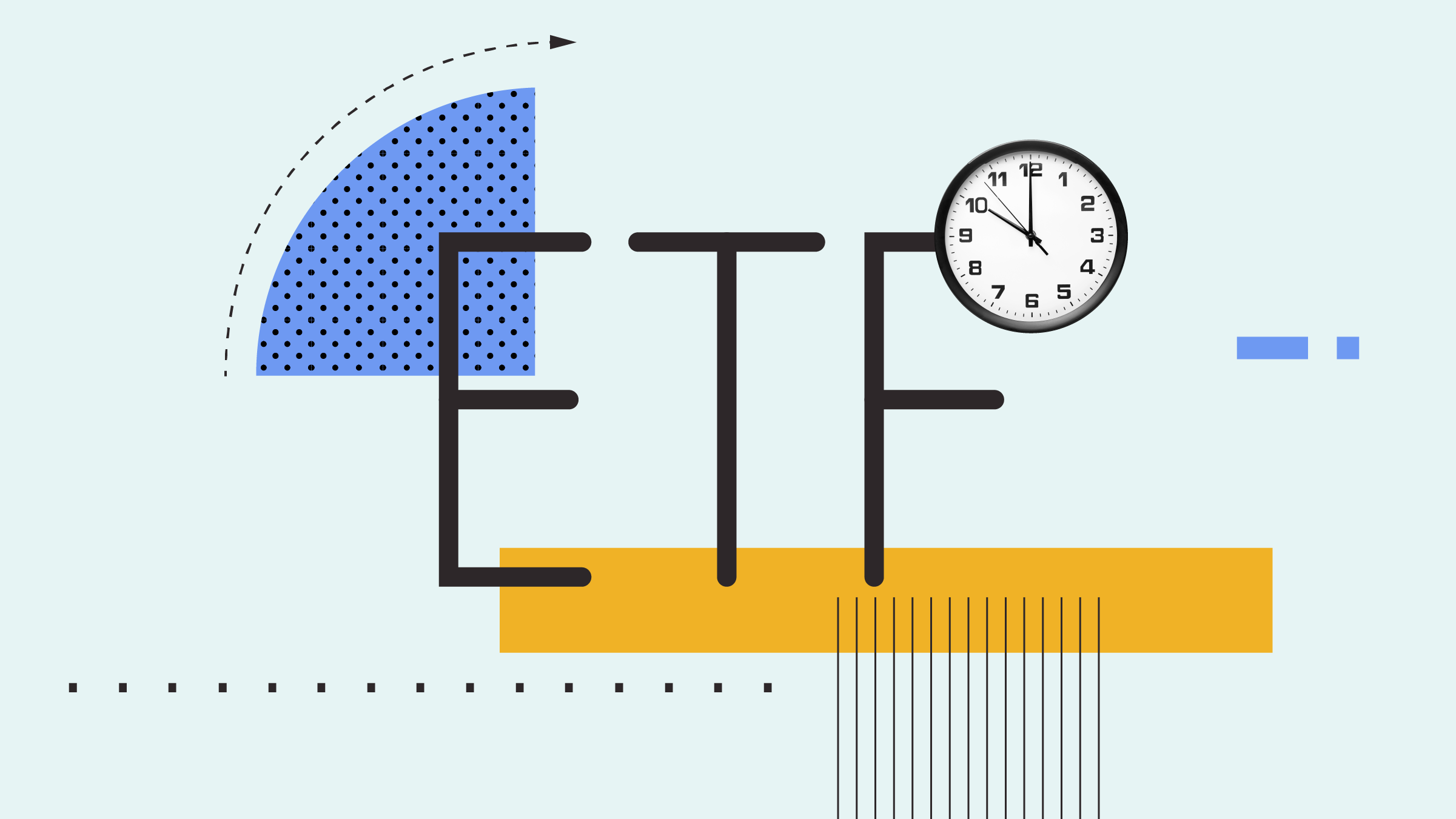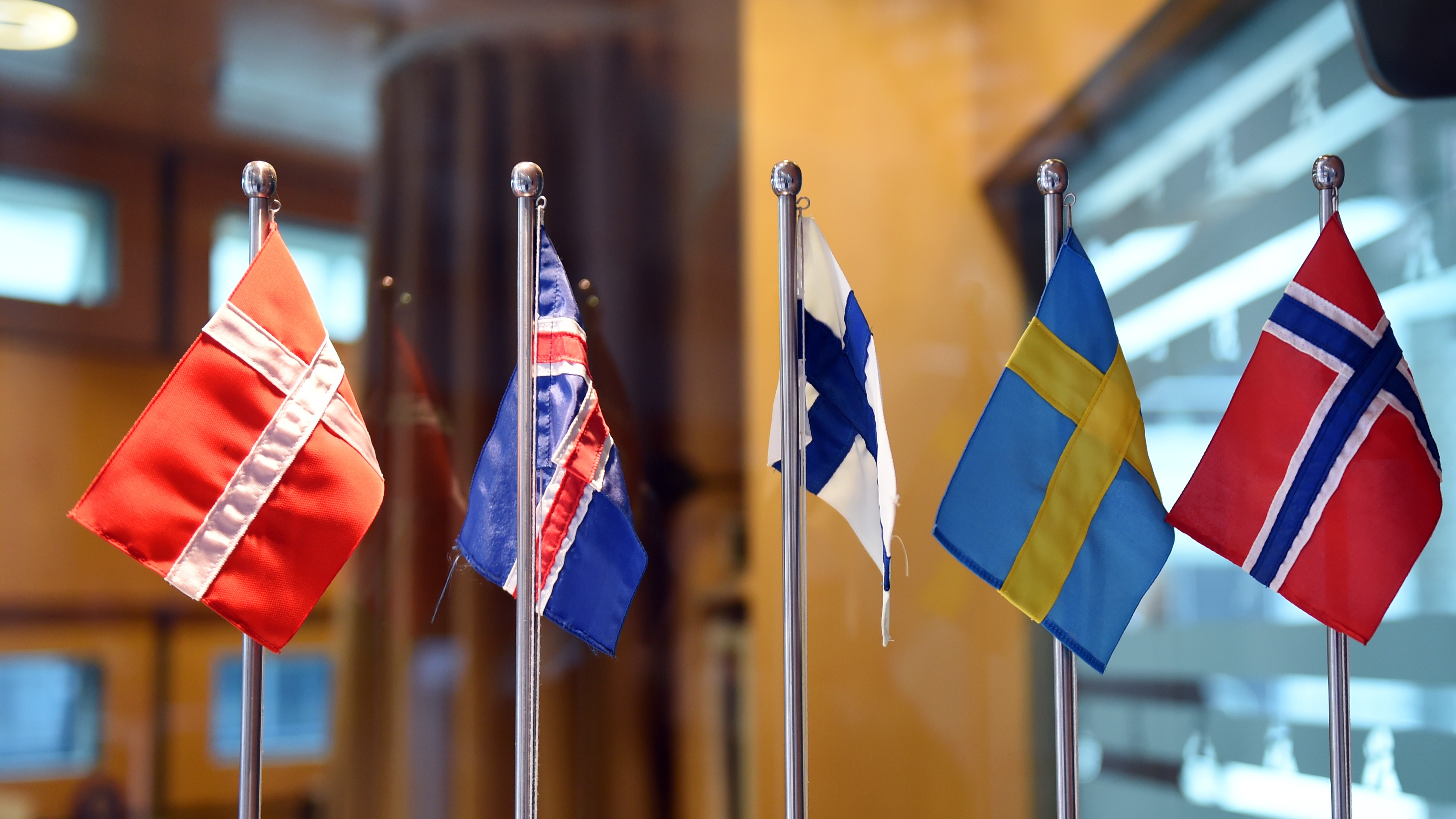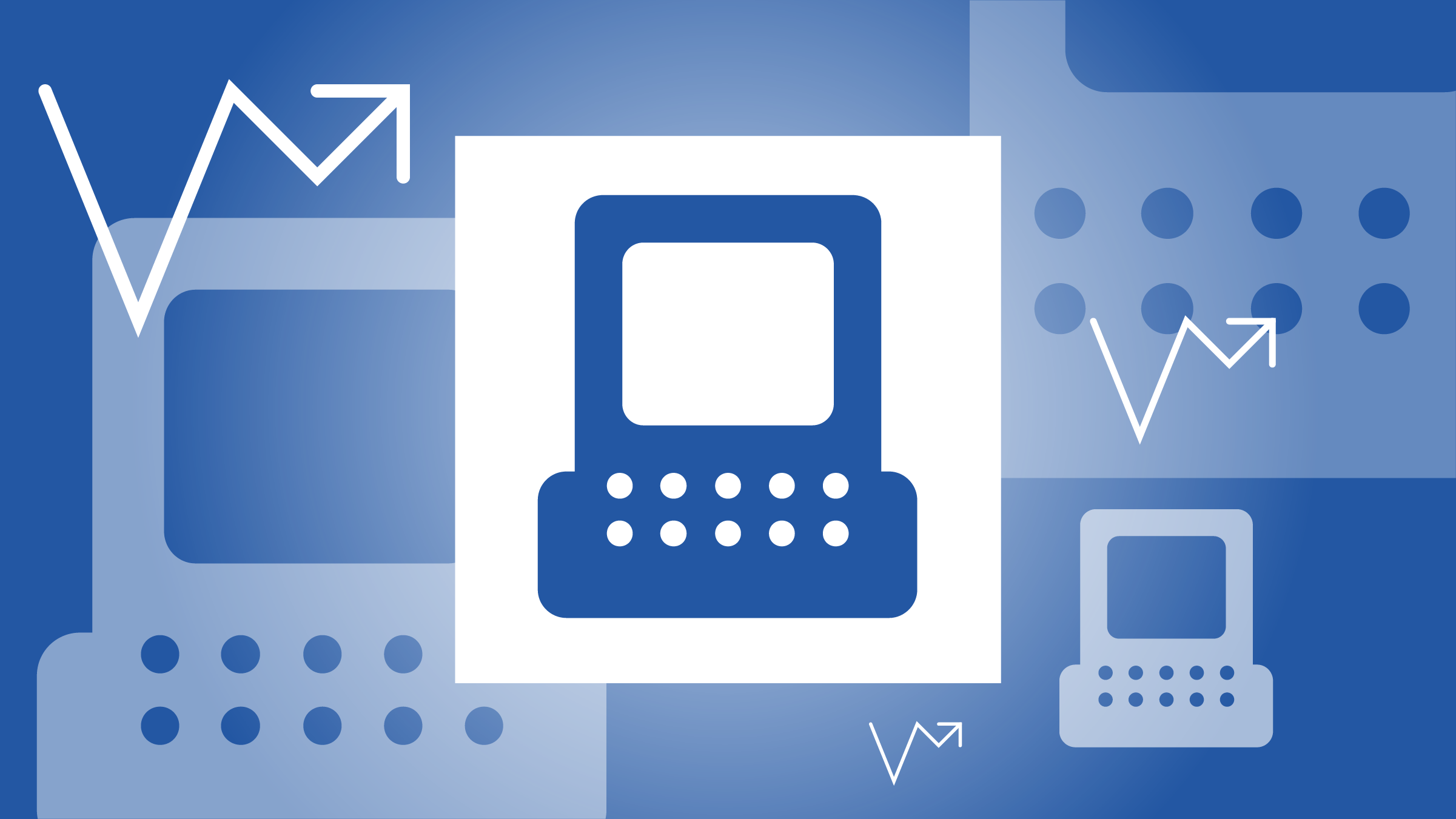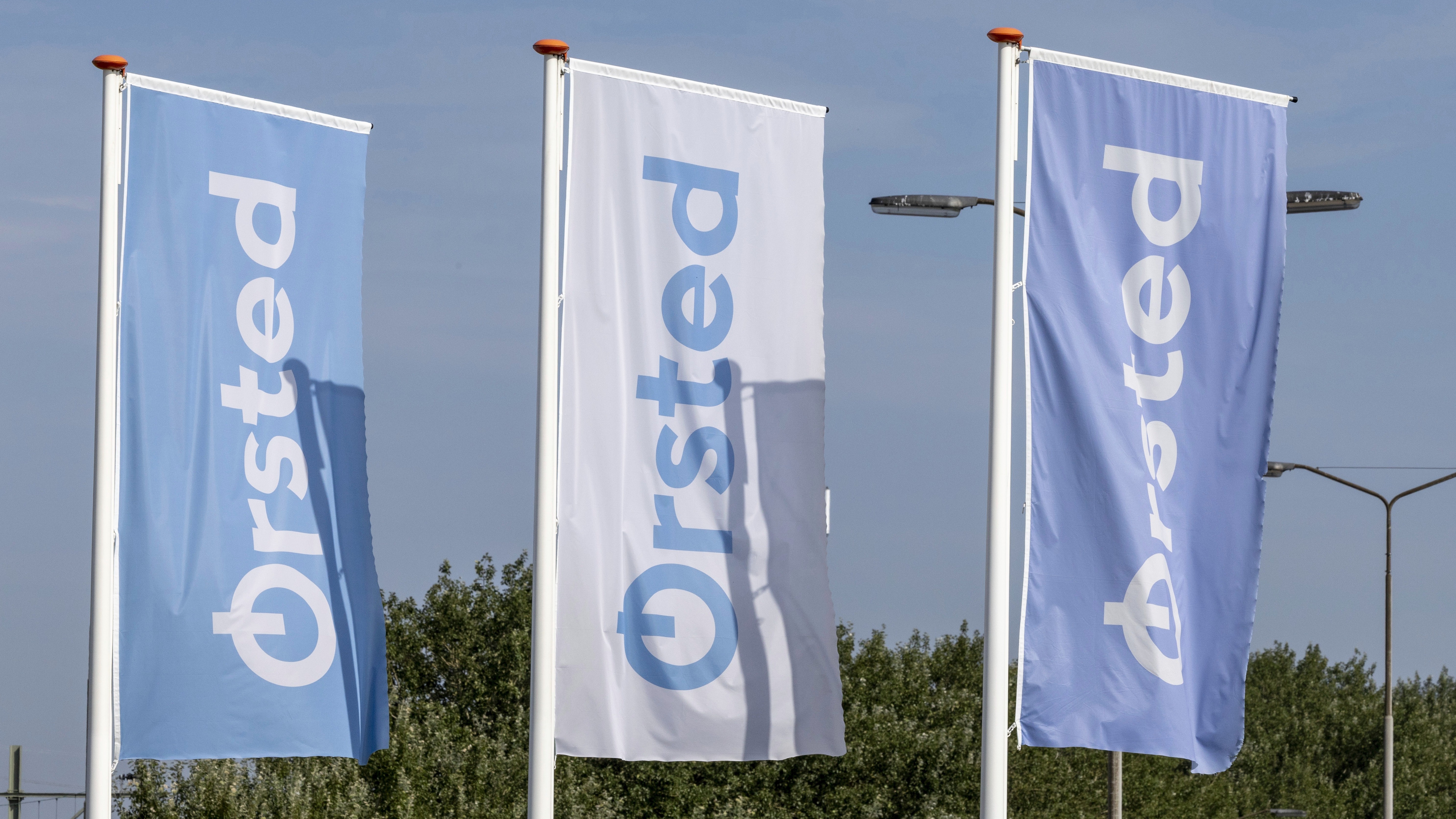At around 2:42 PM EST on May 6, the US stock market began a swift decline that has since become known as the ‘flash crash’—with ‘flash’ referring to ‘flash’ trading, a process that uses computers to execute lightning quick trades. While the market quickly pulled out of its nosedive, the after-effects include potential regulatory changes and another blow to investors’ confidence in the market. European markets were spared, having already closed for the day. The benefit of hindsight allows us to examine the causes of the crash, and lay plans as to how to avoid a similar $1 trillion hiccup in the European markets in the future.
What We Know
Thursday May 6 was already proving to be a difficult day in the markets, as investors grew increasingly nervous over Greece’s worsening fiscal situation. European markets started the day off poorly with the EURO STOXX 50 ending the day down nearly 2.5%. Then with less than one and a half hours to go in the trading day, the US market suddenly entered a downward spiral unprecedented in its speed. At one point the Dow Jones Industrial Average (DJIA) was down almost 1,000 points, its largest ever intraday point decline. The market rebounded almost as quickly as it had crashed. The DJIA finished the day down about 348 points, or 3%.
Obviously, market volatility is nothing new. But this was a unique bout of intraday mayhem. Shares in some companies traded hands for only pennies a share, including stalwarts like Procter & Gamble and Accenture. ETFs were not immune to the irrationality—and in fact were disproportionately affected by it—with some falling more than 60% in the space of half an hour. Normally market makers are quick to jump in to exploit arbitrage opportunities any time ETFs trade away from net asset value. But for a brief period of time market makers abandoned the ETF arbitrage trades in panic.
Many investors with outstanding stop-loss orders on the affected securities ended up executing those trades at extremely unfavourable prices. Both the NYSE and the NASDAQ exchanges quickly responded by announcing that any trades conducted from 2:40 to 3:00 PM EST at a discount of 60% or more from the last trade prior to 2:40 EST would be nullified. ETFs accounted for 69% of the securities that NASDAQ has cancelled trades on and 64% of cancelled trades on the NYSE ARCA, largely due to their high trading volumes, holdings which included shares that were affected by crash, and popularity with hedge funds, day traders and other short-term market participants. For a list of the securities affected, click here.
Some Theories as to How it Happened
Early reports accused a ‘fat-fingered’ trader of erroneously entering 3 extra zeros while trying to execute a sell order for $16 million of S&P 500 futures, thus making it $16 billion and swamping the existing buy-orders in the market. Since then, there have been numerous reports pointing the finger at various culprit trades that may have precipitated the crash, including an S&P 500 futures contract sell order from Universa Investments and one from Waddell & Reed. While an individual trade may have been the tipping point, it’s more important to understand how the crash spread.
We know that the NYSE instituted curbs on electronic trading of some shares including those of P&G in response to heavy selling pressure, but slower floor trading continued on the exchange to try and find an orderly market. However, other trading venues continued to conduct electronic trades, so the ‘slow-down’ effect did not work as anticipated as many trades were routed to these other markets instead. Sell orders were not immediately met with buy orders, so prices plummeted until sell orders could hit a bid. This was exacerbated by the fact that many high-frequency traders, who can account for 50-70% of the volume in the US stock market, pulled back from the market. Additionally, there was a breakdown in communication between the exchanges, and prices for securities began to diverge. At one point P&G was trading for around $56 per share on the NYSE floor and $39 per share on the NASDAQ. In response to this havoc, ETF market makers widened bid-ask spreads as they were trying to get a handle on what was happening. This magnified the effect of the crash in the ETF market.
Could it Happen Here?
The increasing complexity of modern financial markets seems to lend itself to events like this. We expect that some similar breakdown in the market’s machinery will happen again at some point, and we doubt that Europe will prove immune. All the elements that either caused or accelerated the crash including automated trading and fragmented trading venues are in effect in Europe. So-called ‘black swan’ events like these are by their nature difficult to foresee and practically impossible to prevent. Since the European ETF market is less liquid than in the US, a similar event here could potentially cause even greater difficulties.
How to Protect Yourself from the Next Crash
The first reaction of some investors may be to put ‘stop-loss’ orders in place as a form of insurance; however, we would not recommend it. A stop-loss order is a standing order that becomes a market order to sell the security in question once it reaches a pre-determined price. While this may sound like a good way to limit your losses, a stop loss order will not guarantee the price you will ultimately receive for the security. Under normal market conditions this is not an issue because regular trading volumes will keep bid-ask spreads narrow and allow the trade to be executed at a price close to the specified stop loss price. But in a discontinuous market where volume has evaporated and bid-ask spreads are wide enough to drive a bus through--like we saw on May 6--you may receive a lot less than you anticipated for your security. While many orders were cancelled and the losses clawed back, there is no guarantee this generosity will be repeated in the future. This isn’t a risk worth taking. For those that insist on using stop orders, using a limit order will ensure that their trade will only be executed at the specified order price.
Did the Crash Show that ETFs are Broken?
If your eyes were glued to business television or a computer monitor for those 20 minutes on May 6, the crash probably seemed like the end of the world. Especially if you were watching your portfolio plummet. However, the vast majority of people didn’t even find out about the crash until after the market had recovered from its intraday nadir. The only investors impacted by the crash were those that panicked and took action based on collapsing prices; if you kept your cool and stood pat, you were likely largely unaffected. Patience is a better option than any sort of stop order, which in a volatile market practically guarantees a loss.
If you are not amongst those that were frantically heading for the exits in response to a massive intraday market glitchETFs are still one of your best options. While there were some stomach-churning movements in ETF prices on May 6, investors who used them properly had few worries and were left unscathed. The indicative net asset value (NAV) system, which regularly calculates and publishes the theoretical ‘fair value’ estimate for ETFs during the course of the trading day, appeared to have no hiccups during the time in question, although questionable prices for shares like P&G's were included in these calculations. Though ETFs tend to trade at relatively small premiums and discounts to net asset value it is always good practice to look at an ETF's NAV prior to executing a trade to ensure that you’re not paying an excessive premium or selling at too high a discount, and especially so during a volatile market.
There were some real issues with ETF trading during the ‘flash crash’. The rapid growth of the ETF market, and particularly the use of ETFs by the high-frequency trading crowd, has exposed inadequacies in the exchange’s infrastructure. With nearly 20 billion shares trading hands, it was the second greatest volume day on record, which likely contributed to the problems. But even ETFs with low turnover suffered wild price swings. Many of these ETFs had only one market maker, and liquidity vanished when it abandoned its role. Providers may also have to work with market makers to ensure greater stability in times of panic, so that they are providing liquidity at all times, and not only when it suits them.
It would be foolish to allow a 20 minute span of market malaise to overshadow all the positive aspects of ETFs. Investors who use ETFs properly as part of a long-term portfolio were unaffected by the crash. It was high-frequency traders who use algorithms to buy and sell securities who bore the brunt of the pain. The crash was a market issue, not an ETF issue. ETFs are still the same effective investment vehicle they always have been, and will continue to be for a long time to come.
























